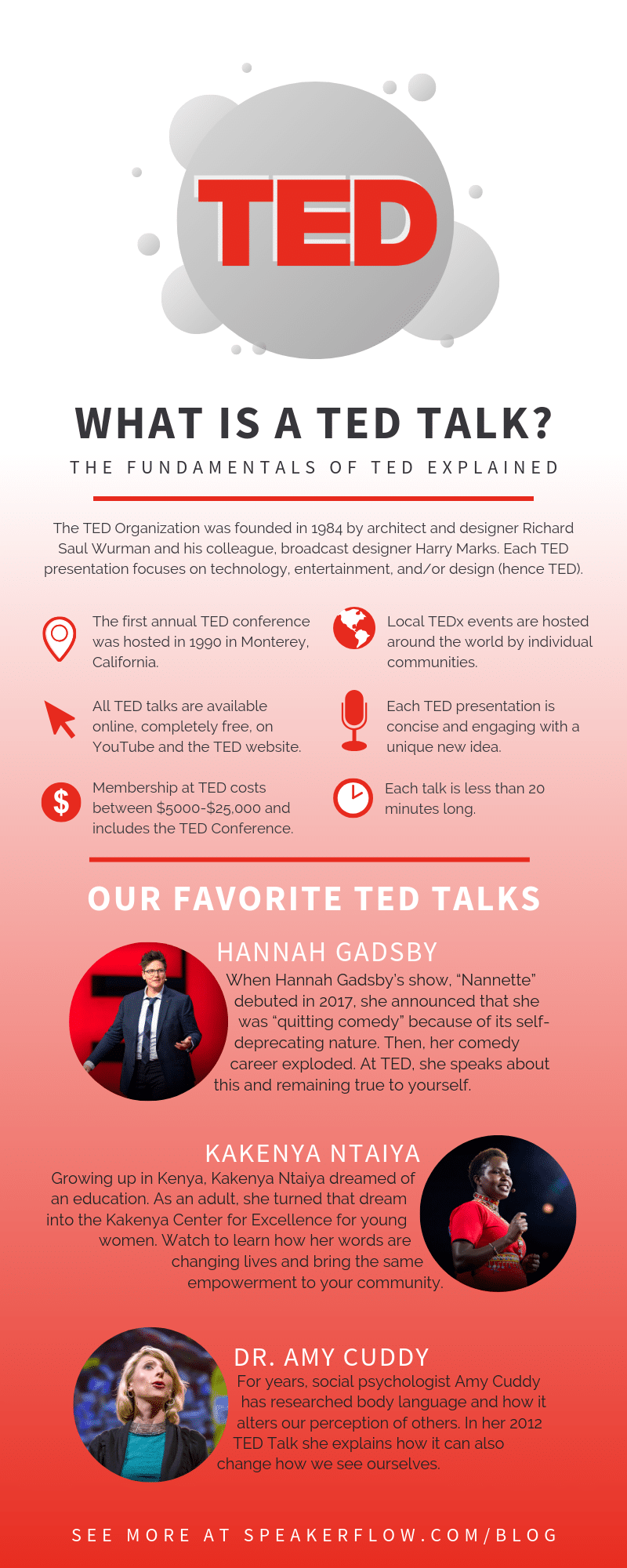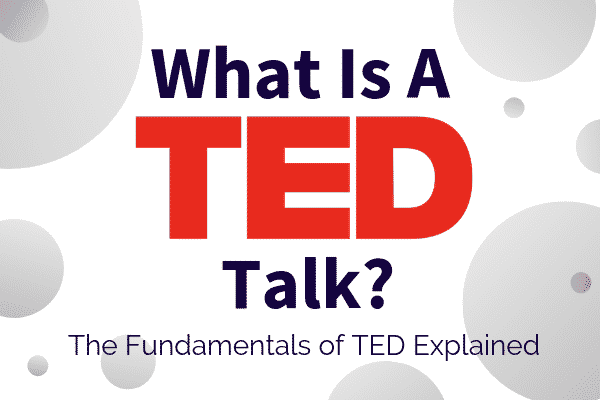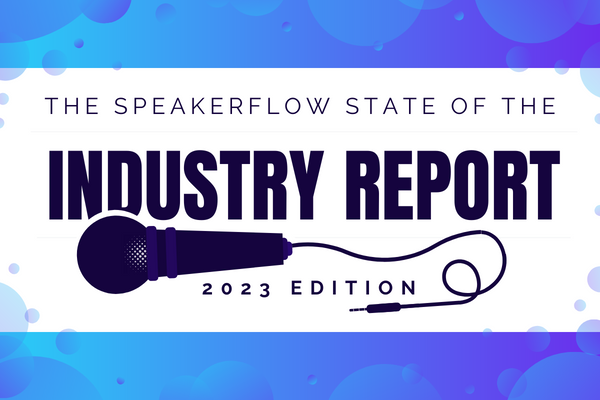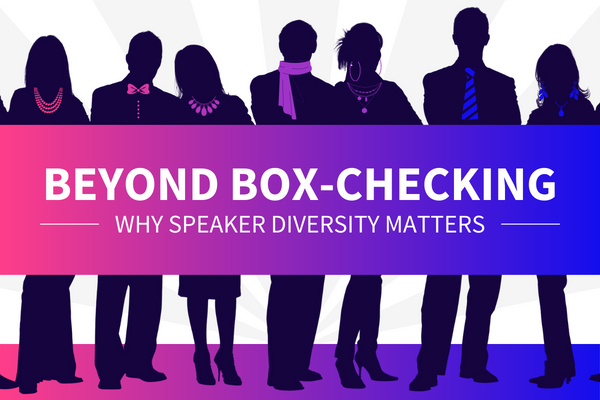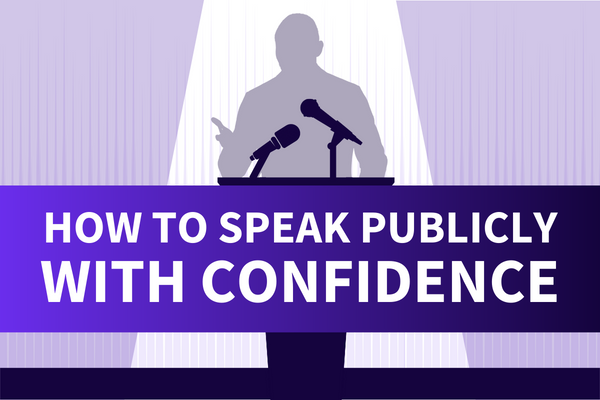If you’ve been active in the digital realm for a while or grew up as a digital native (like me), you are well aware of how awesome TED talks are. Growing up, my teachers sprinkled TED talks throughout their class materials and assignments to take some of the work off their plate while communicating valuable lessons to me and my classmates. But on the other hand, if you’re reading this and thinking, “Taylorr, what is a TED talk?”….well, do I have a bombshell of motivational, inspirational, awesome videos for you!
Before we jump into the comprehensive guide to TED and their programs, let’s quickly go over the topics we’re going to cover:
What Is A TED Talk?
To get right to business, a TED talk is a short presentation that focuses on technology, entertainment, and/or design. Sorry to disappoint any of you hoping a guy named “Ted” founded the TED Organization. 😬 To put it another way, TED is a non-profit institution that partners with individuals to assist in sharing ideas globally. Today, TED boasts a collection of over 3,000 TED talk videos from politicians to scientists to comedians and actors. Additionally, they add new videos day in and day out, so there’s never a shortage of engaging content.
As an additional plus, each TED talk is available on their website or their YouTube channel for free. That means more ideas shared with more people and more conversations about the world around us. After all, we can all use a little encouragement to learn and grow, and shouldn’t encouragement come without a price tag? The guys and gals at TED definitely think so.
How Long Are TED Talks?
Now, if you’re thinking, “Well, that sounds awesome, but I don’t have time,” I have even more good news for you – TED talks are less than an hour long. In fact, the average TED talk is less than 18 minutes long! That’s shorter than an episode of most of our favorite shows, and yes – I’m looking at you, fans of the Office.
How is TEDx different from TED?
So, we know what a TED talk is now, but how is TEDx different from TED? According to TED, “TEDx events are planned and coordinated independently, on a community-by-community basis, under a free license from TED”. In other words, TED owns and designs the overall structure of the presentation, but the community hosting each TEDx event manages it. This provides a tailored approach to the issues or triumphs of that community and ensures accurate, high-quality material.
Long story short, each TEDx event provides a local speaker a platform for sharing their ideas with their community and, through TED’s online presence, the world beyond. Look at University of Houston research professor Dr. Brené Brown, for example. In June 2010, Brené spoke at TEDxHouston and shared her insights into vulnerability and shame and how, by being open to those emotions and learning from them, we can develop deeper, more meaningful relationships throughout our lives. Now, nine years later, those same insights are available on a national level in her Netflix special, “The Call to Courage,” all thanks to TEDxHouston.
We’ll talk, in greater detail, later about some other remarkable TED talk speakers, and you can learn more about the differences between TED and TEDx in this blog from 2021.
For now, as a side note, if you haven’t seen Brené’s TED talk, you absolutely should. It’s only 20 minutes long, and it is worth every second. 👍
Who Started TED Talks?
But before Brené Brown, before the massive library of 3,000 videos we know today, TED started out small. In 1984, architect and designer Richard Saul Wurman and his colleague, broadcast designer Harry Marks created the first TED talk for a small audience in California.
In an interview before his passing in April 2019, Marks recalled, “I came up with this idea that I wanted to do a conference, but I didn’t know how to do a conference…So Richard came and visited … and I said: ‘Let’s go for a walk.’ I said, ‘I have this idea for a conference that’s technology, entertainment and design, and how they relate to each other, hence TED. Would you help me to do a conference, or would you show me how to do it?’”
Out of that walk came the first TED event, a presentation by mathematician Benoit Mandelbrot about fractal geometry and its use in mapping coastlines. Additionally, Lucasfilm wowed the audience with a demonstration of 3-dimensional graphics for the Star Wars trilogy. Unfortunately, the event was a loss, monetarily, but that didn’t slow Wurman and Marks for long.
Six years later, in 1990, the two men took their talents to Monterey, California and hosted the very first TED Conference, which included presentations for the pillar topics – technology, entertainment, and design – interlaced with musical and comedy performances for the exclusive list of conference attendees.
Today, the TED conference is an annual event on the west coast of the United States and is managed as a non-profit symposium for intellectuals from a huge variety of disciplines, including scientists, clergy members, political figures and more.
And don’t think you’re not included – apply here, and join the discussion!
How Much Does it Cost to Attend a TED Talk?
Unsurprisingly, here’s where it gets a little less fun. The bad news is that the TED Conference only allows members to apply, and membership for a year with TED ranges from $5,000 per year to $25,000 per year. Members of the highest tier, who opt for a five-year membership right off the bat, have to shell out a whopping $250,000 membership fee. I don’t know about you but that seems like a lot of dough for a week of discussion, despite the value in TED’s programs.
On the flip side, the good news is that TED talks and TEDx events are way less expensive to attend and do not require membership. In my home state of Minnesota, there were two events in 2018 and that number has already doubled for 2019, each costing anywhere from $80 to a few hundred dollars per ticket. There are also ten different types of events, including TEDxUniversity events for students and faculty in higher level education and TEDxYouth events for young adults, children, and lower level educational communities. Depending on the type of event, attendance may be entirely free and open to the public, as is the case with their “Salon” events.
[hubspot type=cta portal=5815852 id=fef8b264-4a4a-44c9-aeee-6d582c0ee993]
Do TED Talk Speakers Get Paid?
As long as we’re talking about money, let’s dive into the next question: “Do TED talk speakers get paid?” The answer is…kind of? There is no monetary reward for TED Conference speakers. However, all presenters receive compensation for their travel and hotel costs and a free pass to the five-day conference. Most importantly, your presentation could be turned into a TED talk and shared with the entire, global TED community!
On the flip side, if you’re not a speaker (or if you don’t wish to speak), you can also nominate a speaker for the TED conference and help continue the TED mission of making “Ideas worth spreading” easily accessible to people around the world.
What Makes a Good TED Talk?
Now, if you’re going to speak at a TED event or if you’re checking out speakers from the past, there are a few key ingredients to a good TED talk. Most importantly, these include a new and interesting idea, a concise presentation, and visual aids. So let’s break that down a little bit.
What is the Format of a Good TED Talk?
One of the most watched TED talks out there is Dr. Amy Cuddy’s “Your body language may shape who you are”. Since she spoke initially in June 2012, it’s garnered over 52 million views. Additionally, it’s a perfect example of the three key ingredients in TED talks.
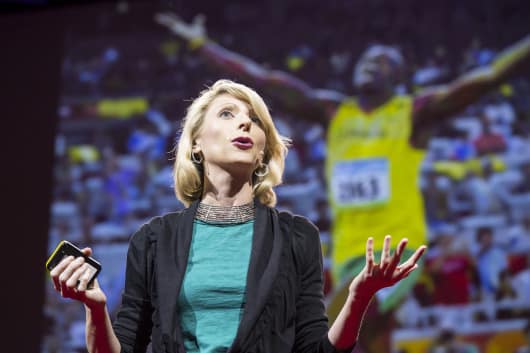
Now the idea that body language is a non-verbal way for others to understand us is nothing new, but the idea that we can shape how we see ourselves with body language? That’s a check for “new and interesting idea”.
Next, at 20 minutes long, Dr. Cuddy’s presentation is just past the 18-minute mark, narrowly meeting the time limit requirement. Check for “concise presentation”.
Last but not least, throughout her talk, Dr. Cuddy uses a series of video clips and slides to illustrate her points and articulate the most important points. Check for “visual aids”.
Together, each of these components – a new and interesting idea, a concise presentation, and visual aids – come together to produce a compelling, engaging presentation that not only delivers an idea for the world to consider but also an opportunity for anyone in the physical or digital audience to take the topic and run with it.
Keep reading to learn more about this year’s TED talks and join in the exchange of ideas!
Top 10 TED Talks on YouTube in 2019
“Three ideas. Three contradictions. Or not.” by Hannah Gadsby
When Hannah Gadsby’s comedy show, “Nannette” debuted in 2017, she announced that she was “quitting comedy” because of its self-deprecating nature. Yet, with “Nannette,” her comedy career exploded. Here, she speaks about knowing your purpose and remaining true to yourself.
“How supercharged plants could slow climate change” by Joanne Chory
As part of a world threatened by climate change, TED and the Audacious Project turn here to plant geneticist Joanne Chory who, with her colleagues at the Salk Plant Molecular and Cellular Biology Laboratory, has spent years cultivating plants that store carbon. Watch to learn more about her work and how it has the potential to change the world.
“Why we ignore obvious problems — and how to act on them” by Michele Wucker
No one knows better than policy strategist Michele Wucker the dangers of ignoring predictable problems or, as she calls them, “gray rhinos”. In this video, Wicker discusses the signs there’s a gray rhino charging you and how to stop it.
“Empower a girl, transform a community” by Kakenya Ntaiya
Growing up in Kenya, Kakenya Ntaiya dreamed of an education. As an adult, she turned that dream into the Kakenya Center for Excellence for the young women in her community. Watch to learn how her words are changing lives and how to encourage the same empowerment in your community.
“The most important thing you can do to fight climate change: talk about it” by Katharine Hayhoe
With the growing threat of irreversible damage to the natural world, the words of climate scientist Katharine Hayhoe ring true. In her words, “We can’t give in to despair…We have to go out and look for the hope we need to inspire us to act…and that hope begins with a conversation, today.” Here, she explains how you can drive the effort to save our world, one discussion at a time.
“How to let go of being a “good” person — and become a better person” by Dolly Chugh
In this video, psychologist Dolly Chugh argues for the need to always strive to be an even better person. In other words, no matter how “good” you are, you can always be better. It seems obvious, but it’s a reminder we all need, in every aspect of our lives.
“Inside the black hole image that made history” by Sheperd Doeleman
Last year, for the first time, scientists captured an image of a black hole in a galaxy more than 55 million light-years away. In this video, astrophysicist Sheperd Doeleman meets with TED curator Chris Anderson to share his story and the labors that made this historic event possible.
“Helping others makes us happier — but it matters how we do it” by Elizabeth Dunn
It’s no secret that generosity goes hand in hand with happiness. However, did you know that your happiness directly depends on how you help others? Here, psychologist Elizabeth Dunn argues, “Let’s stop thinking about giving as this moral obligation and start thinking of it as a source of pleasure.”
“How to lead a conversation between people who disagree” by Eve Pearlman
The divide between political groups has grown excruciating, but reporter Eve Pearlman has a simple solution. Here, Perlman explains her work with 25 liberals and 25 conservatives to facilitate productive discussion across the political divide. In doing so, she proposes, “Real connection across difference: this is a salve that our democracy sorely needs.”
“Our dangerous obsession with perfectionism is getting worse” by Thomas Curran
As research for the topic grows, the data surrounding growing suicide rates and instances of mental illness lead more and more researchers to answer the question, “What is causing these problems?” Here, social psychologist Thomas Curran explains the role of perfectionism in our society, how it is playing a role in these problems, and how we can help fix it.
